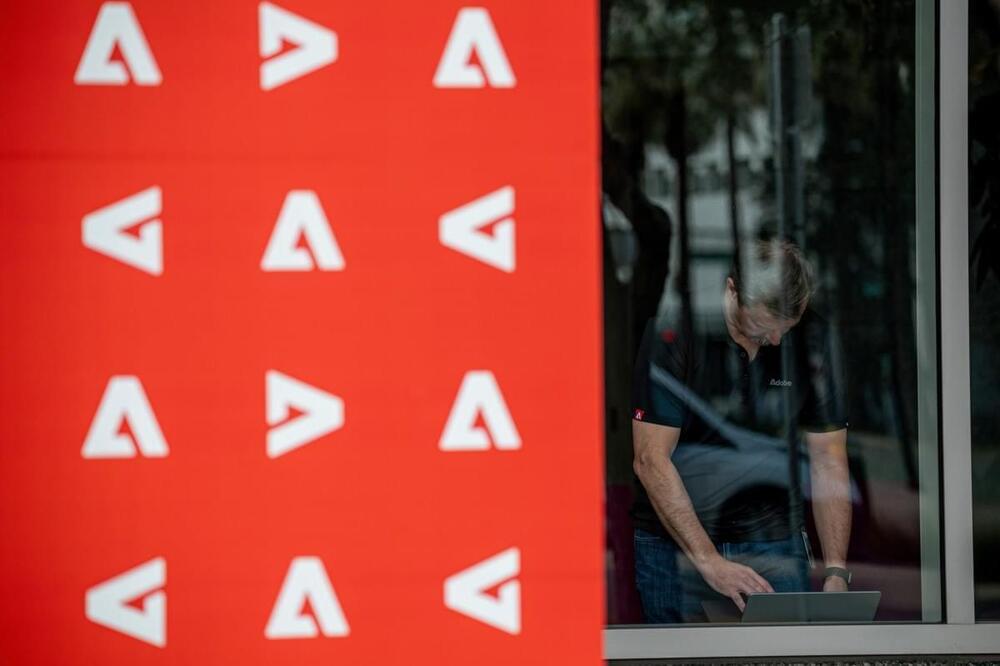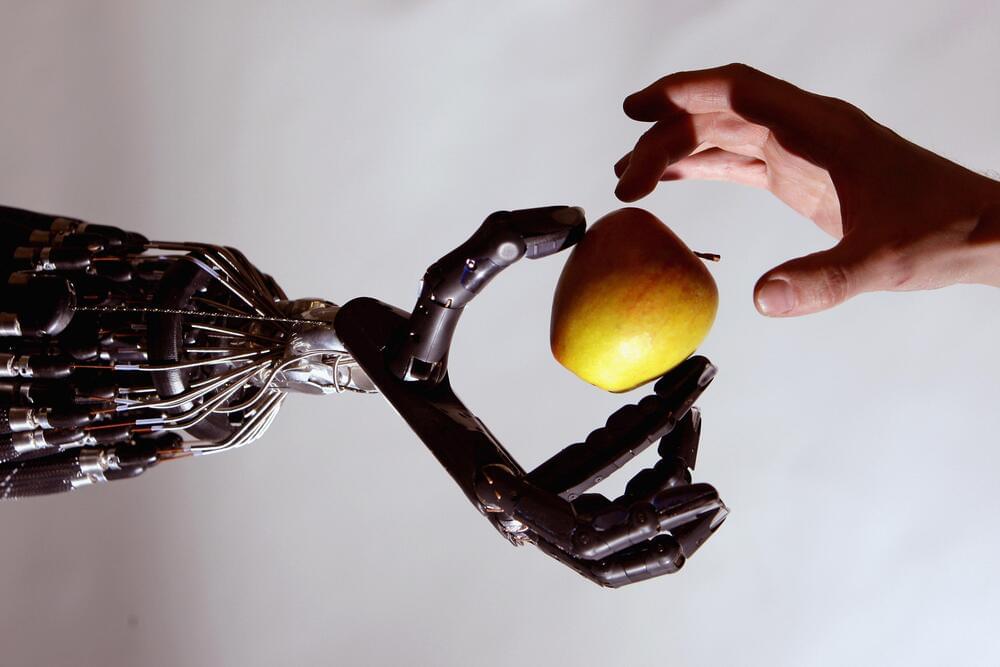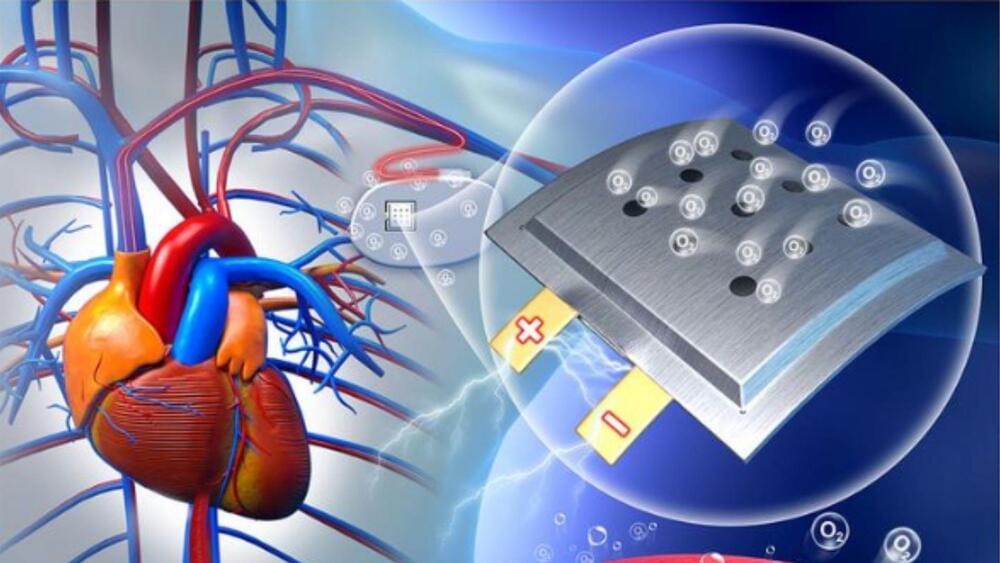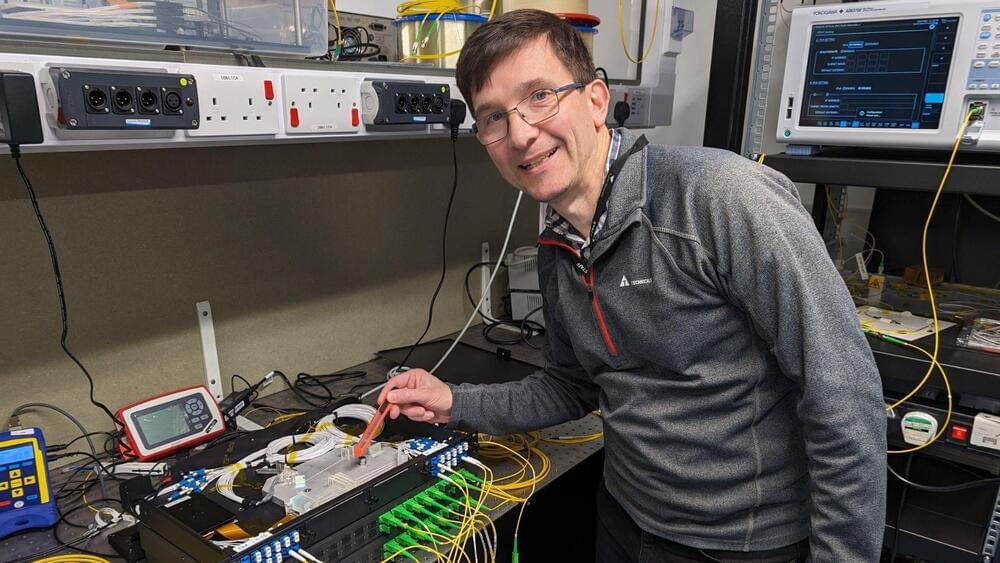Brands want to use generative AI to personalize their marketing efforts — but they are also deathly afraid of AI going off message and ruining their brand. At its annual Summit conference in Las Vegas, Adobe today announced GenStudio, a new application that helps brands create content and measure its performance, with generative AI — and the promise of brand safety — at its center.
Currently, the tool is mostly focused on helping social, paid media and lifecycle marketers that want to create social media posts, email campaigns and display ads, with support for creating entire websites coming soon.
Adobe wants GenStudio, which it first previewed last September, to be an end-to-end solution to help marketers tailor their content to different channels and audience segments. It includes tools for content creation, managing campaigns and analytics. But to generate personalized content, you need a supply chain that makes it easy to generate a lot of on-brand content — and then the tools to measure how this content performs.






